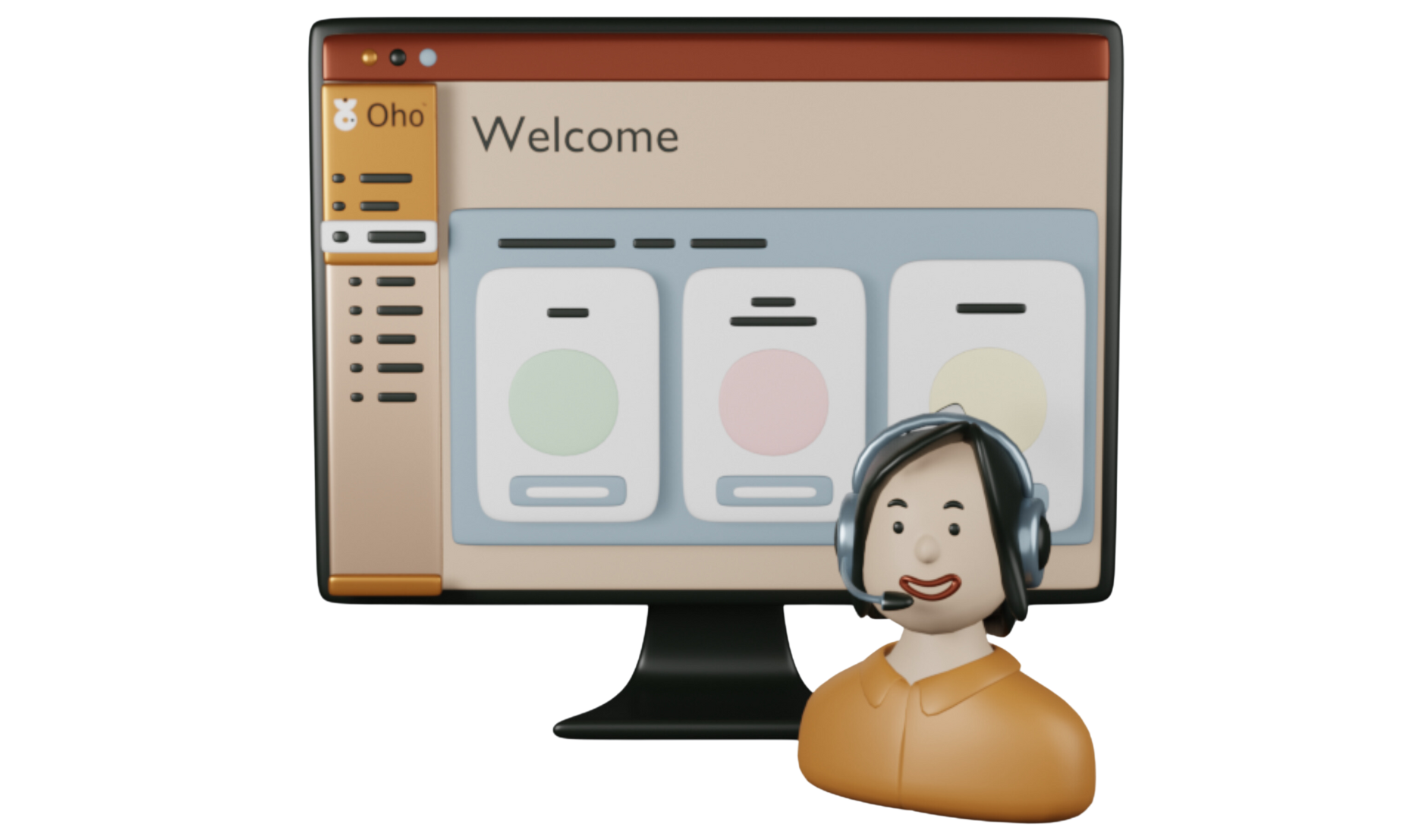Oho uses the information you provide us with to contact you about relevant content, products and services. You may unsubscribe at any time. For more information, see our Privacy policy.
NSW Government issues new working with children policy

The Office of the Children’s Guardian was established in 1998 by the New South Wales (NSW) Government to uphold the rights of children. It does so by regulating and monitoring the safe practices of organisations who engage in child-related work – ensuring the right systems, strategies and stakeholders are in place to prevent harm.
Alarmingly, a study conducted by the Australian Institute of Family Studies determined that:
Half of the NSW children who died of alleged abuse in NSW in 2015 were under the age of two.
Now, in light of these findings and those of the recent Royal Commission into Institutional Abuse, governments are being forced to respond to apparent cracks in the system and challenges faced by society in protecting our most vulnerable. The most recent of these include a new Compliance and Enforcement Policy established by the Office of the Children’s Guardian, requiring child-related organisations to check the Working With Children Check (WWCC) of their employees and volunteers.
What is the new working with children policy?
The new set of rules outline the standards by which organisations engaging in child-related work need to adhere to, in order to prevent abuse from occurring. Speaking of the policy’s purpose, The Office of the Children’s Guardian states:
“Our goal is to create safe places for children and young people, and we recognise that most organisations share this goal.”
- Generally, organisations fail to comply because they either:
- Aren’t aware of their obligations or the reasons for them
- Don’t understand what measures need to be taken in order to comply, and/or
- Are unable to comply due to budget or time restraints.
So, to help child-related organisations become aware of their obligations and create safer places, the policy will focus on capability-building via the introduction of a new escalation model of compliance. This model will set the expectations for employers that work with children and enforce them according to a sliding scale, to ensure all child-related workers are both registered and verified in the WWCC system.
Note: If you aren’t sure of your organisation’s obligations, try using our checklist.
How will the new working with children policy be implemented?
As an organisation’s attitude towards compliance diminishes, the government’s regulatory response will increase.
To assess and identify the potential breaches of legislation, a combination of strategies and monitoring tools will be used. These include:
- Compliance operations
- Proactive audit programs
- Location visits
- Stakeholder intelligence and complaints, as well as
- Case-by-case investigations.
Through these targeted initiatives, usually in the form of unannounced visits to employer organisations, the policy will assess a large number of organisations and identify shifting compliance trends whilst holding organisations accountable for ensuring their workers are effectively registered for WWCC, continuing to verify them on a regular basis, maintaining proper records, and not employing barred or interim barred workers.
What the working with children policy means for your organisation
If your organisation works with children and you are not complying with these laws, severe fines will apply – but you have some time to get your records in order.
Employers are being offered a one-off amnesty period to verify their workers by 30 June 2021.
This applies to employers who are registered or should be registered for the WWCC and have not previously verified any of their workers. It does not apply to organisations that engage barred or interim barred people in child-related work.
Failure to comply by this date will result in enforcement action against the organisation.
How to relieve the burden on your organisation
Oho offers unique features that give organisations the confidence they are being compliant and doing everything within their power to protect those in their care. By integrating your HR application via one easy-to-use interface, your organisation can benefit from continuous validation, rapid notifications, an efficient expiry management system, and secure evidence of due diligence – all in one place.
For most organisations, the window of risk ranges anywhere from 1 to 3 years. Oho closes this window to a maximum of 7 days.
This is how Oho closes the gap to end the cycle of abuse. A quick glance at our case studies shows how Oho has achieved this for hundreds of organisations just like yours:
“Oho has taken us to a new level in not only ensuring our volunteers are appropriately credentialed but is saving us hours in doing so. We love partnering with Oho to help keep kids safe!” – Peter Lusk, General Manger, Southern Cross Kids Camps
“Our strategic alliance with Oho puts us ahead of the curve for child safety and preventing harm.” – Brooke Irvine, National Child Safety Manager, Gymnastics Australia
View more examples here.
We firmly believe that if even one person can be saved from abuse – altering the life trajectory of that person, their family, their future partner and children, as well as their community – then choosing Oho will be an undoubtedly worthwhile investment.



